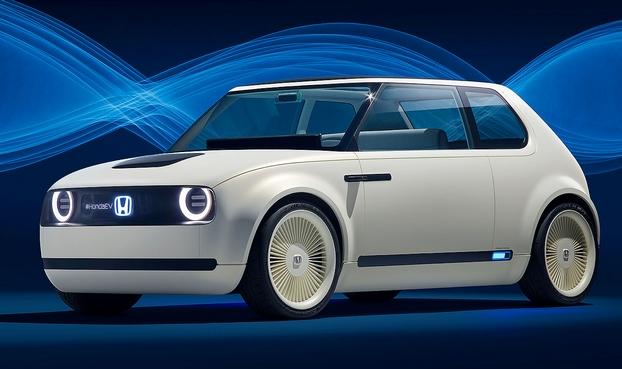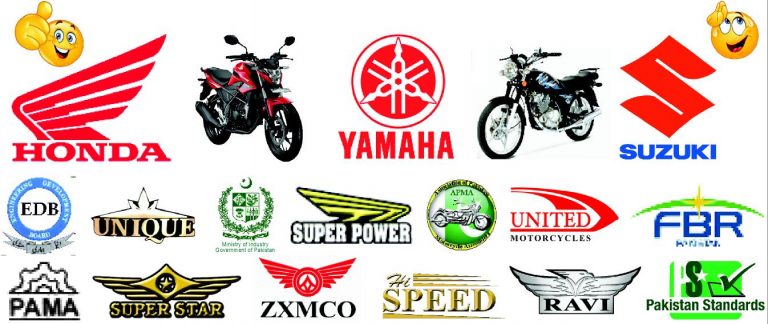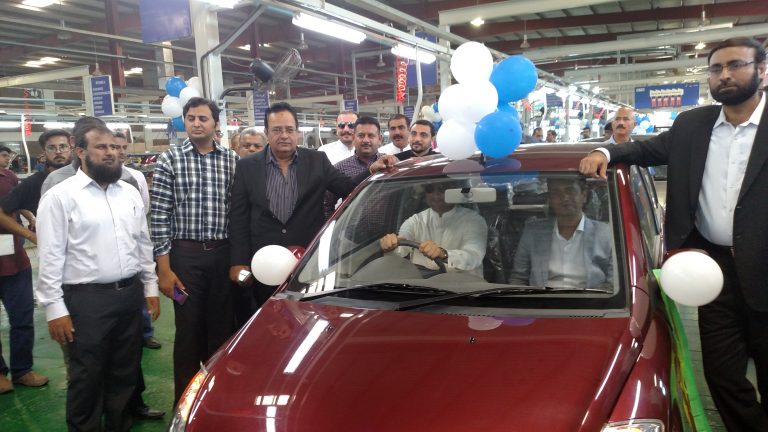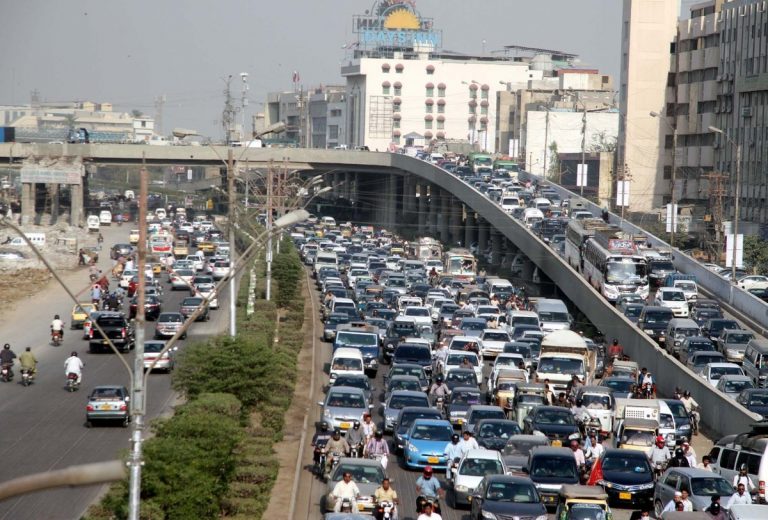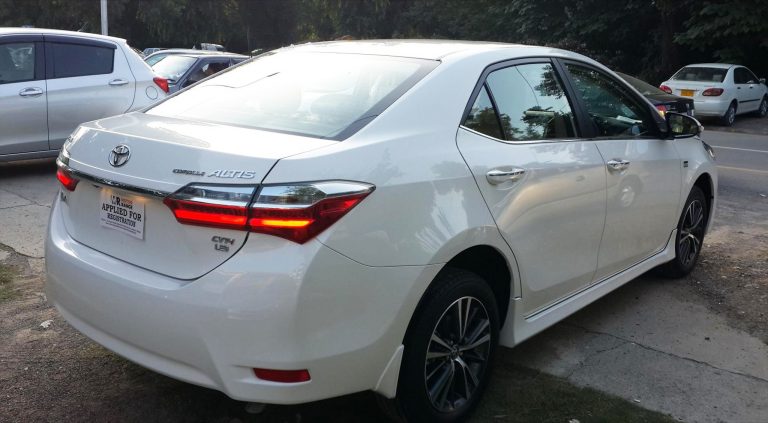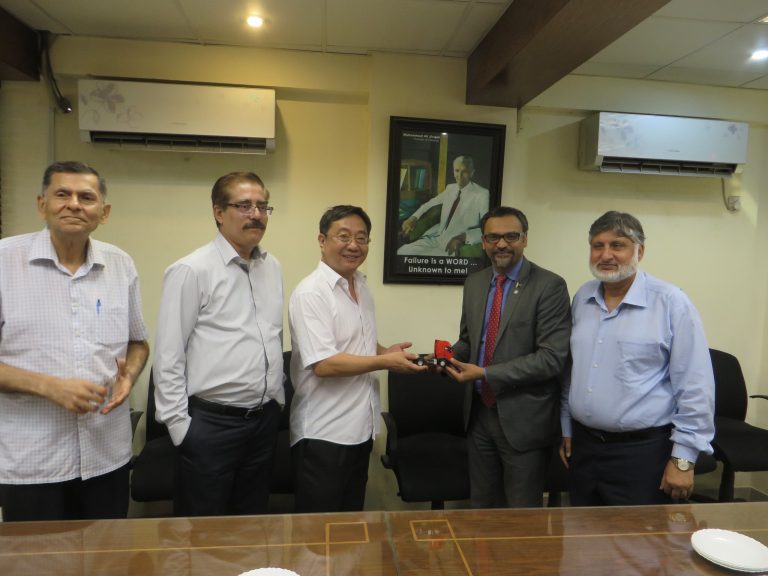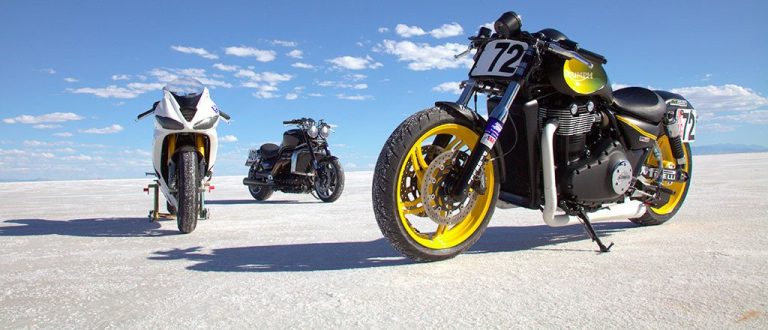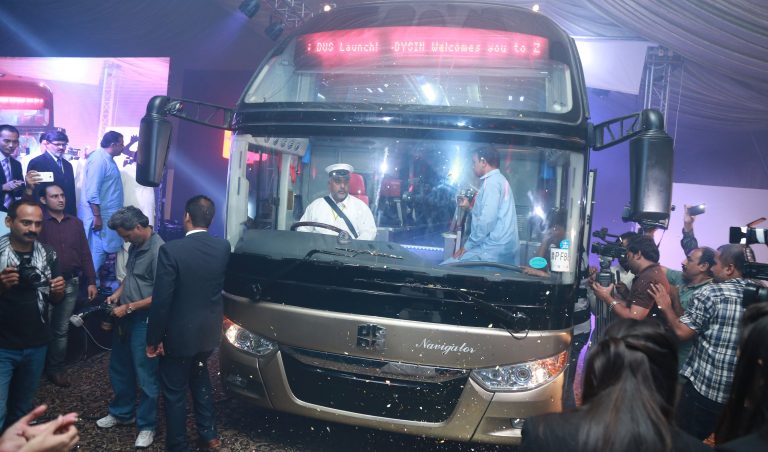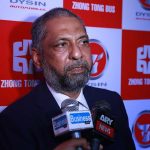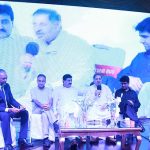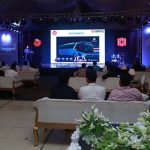In most of the countries sales of Yamaha and Suzuki have been showing a robust growth but in Pakistan they are not at par with global sales trend
More than 50 per cent of Pakistan’s two wheeler market is based on unbranded Chinese models. Atlas Honda holds 45 per cent market share while Yamaha and Suzuki have been struggling hard to increase their market share but so far their efforts have proved futile.
One of the main reasons of unimpressive sales of Yamaha and Suzuki is absence of 70cc and 100cc models in their production lines while in contrast Honda CD 70cc virtually rules the market despite being costlier than its Chinese made rivals.
For example, Suzuki Access 125cc is the proud winner of India’s prestigious Overdrive Viewer’s Choice Scooter of the Year Award for 2016. The new all-rounder Access 125 was highly evaluated for its state of the art engine, fuel efficiency and power acceleration derived from the latest technology developed by Suzuki, as well as its pleasing body color and its design. Viewers and readers vote online and by phone for their favorite vehicles which shows the popularity of the Access 125.
As per international media reports, Yamaha’s sales in the US have taken a hit, similar to trends Harley-Davidson had reported in the company’s sales report for the second quarter of 2017. New motorcycle sales in the US were low due to a slowdown in the industry, and lack of buyer interest in motorcycles.
Now, Yamaha seems to be reporting a similar fate with the Japanese two-wheeler giant’s sales in the US. Not surprisingly, markets in Asia continue to be on the rise, leading Yamaha’s overall international sales. Overall, Yamaha has reported a 6.6 per cent increase in net sales of motorcycles for the first half of 2017.
Unit sales in emerging markets such as Vietnam, the Philippines, Thailand, and Taiwan increased, and despite decreasing in Indonesia due to the market slump there, the unit sales figure increased overall. Net sales increased, and operating income increased significantly thanks to the effects of product mix improvements and cost reductions, a release from Yamaha said.
In India, Yamaha sold nearly 200,000 two-wheelers from April to June 2017, but overall growth has remained flat for India Yamaha this year.
In India, Yamaha is all set to launch the new Fazer 250, the full-faired version of its quarter-litre FZ25. Globally, the most anticipated Yamaha launch will be unveiled at the EICMA show later this year, when Yamaha unveils the MT-07-based adventure tourer.
When contacted, expert of two-wheelers market in Pakistan, Mohammad Sabir Sheikh was of the view that Honda is a Seth (owner) based company who has the ability of making decisions daily as per requirement while in contrast Suzuki and Yamaha lack any decision making power. The Pakistani management of Suzuki and Yamaha need to indulge in a lengthy process of getting approval for any future decision.
He said the Pakistani management of Suzuki and Yamaha at lower level is very weak and they do not have expertise to understand how to compete in the market and take timely decisions. In Honda upper and lower management are more active than two Japanese bike makers.
Sabir said the dealership network of Honda is far better than Yamaha and Suzuki. At Akbar Road, the management of dealership network of Honda looks more aggressive and agile than the dealers of Yamaha and Suzuki who professionally are very weak.
He said there is no service network of Yamaha in the biggest market of Karachi while Suzuki has only one company based workshop. The service network of Atlas Honda dealers (3S) is very effective and more reliable than Yamaha and Suzuki.
Consumers complain lack of availability of spare parts (genuine and non genuine) of Yamaha and Suzuki while customers do not feel problem in getting almost all the quality of Honda parts in any market.
There is no authentic dealer for leasing of the bikes directly instead of banks while Honda 3S dealers offer direct leasing facility, he said.
Some Chinese companies in bike industry have achieved tremendous success as they are Seth (owner) based companies and take decisions on daily basis, he said.
The Seth based companies easily handle sales tax audit issue by greasing the palm of tax officials. If the Seth faces any hurdles in clearance of CKD kits at port stage then the Seth immediately takes action what to do next to overcome problem, Sabir said.
The Seth based companies also take quick decision relating to price increase/decrease based on market situation, he said.
Sales get depressed due to uncertain political and economic situation. Here again the Seth based companies offer incentive package to the dealers as well as customers to avert any immediate sales loss. Contrary to that, Yamaha and Suzuki send emails to Japan for getting approval for any decision. By the time reply comes from the Japan management the market situation changes, he said.
Sabir said Honda has been infamous for selling outdated models in Pakistan and the company may suffer in future, but fortunately it is ruling the market.
Branded companies should reduce dealership network all over the country and select those dealers who can make investment and must be experienced and they have ideally located 3S showrooms, he said.
Sabir recalled that Yamaha Motor had dissolved its local joint venture in 2008. The Japanese bike giant had re-entered in Pakistan in April 2015 in a market dominated by 70cc bikes with an aim to provide latest engine and technology transfer claims.
“Neither the customers could get latest engine technology nor technology transfer was witnessed,” he said adding that even the exports prospect of Yamaha bike from Pakistan also appears bleak. Technology transfer and export of bikes open new job avenues.
He said the government should consider of allowing only those manufacturers who can make Pakistan a hub for export of items to other countries rather than just producing bikes in the country.
Yamaha Motor had initially invested Rs 5.3 billion. As on June 30, 2016, the company had 232 employees which were 200 when it started its operation in 2015. At that time the plant’s production capacity was 40,000 units per year.
Yamaha, one of the largest motorcycle makers in the world, in 2015 had aimed to produce up to 400,000 units annually by 2020.
All the tall claims by the top Japanese and local management of the company are now proving a bit hollow as the market dynamics have changed a lot, Sabir said.
However, to stay in the market, Yamaha Motor Pakistan introduced its third variant in the 125cc engine category in April 2017 but this time the target is rural consumers.
Yamaha previous models – YBR125 and YBR 125G – though started on a good not but failed to lure rural buyers mainly. These two models remained limited to urban population as the company had mainly targeted the youth.
The company has introduced the third model at price of Rs 115,500 aimed at giving a tough time to its competitors. The company’s executive again made a big claim of producing 150,000 units a year and can increase production capacity in case additional demand arrives.
The new Yamaha model has made some inroads which is evident from April onward sales. Sales of Yamaha bike was 1,589 in April 2017 which swelled to 2,025 in May 2017 and came down to 1,020 in June 2016. In July 2017, sales again rose to 1,731 units as compared to 939 units in July 2016.
Yamaha sales in 2016-2017 remained flat at 13,282 units versus 16,109 units in 2015-2016. According to the data of Pakistan Automotive Manufacturers Association (PAMA), sale of Suzuki bikes in 2016-2017 stood at 18,478 units as compared to 17,456 units in 201-2016. In the first month of new fiscal year Suzuki sales stood at 1,545 units as compared to 1,423 units in 2016.
Sabir Sheikh said future sales scenario for both Yamaha and Suzuki may remain tight as Honda has increased its production capacity followed by introduction of a new 150cc model at a price of Rs 160,000 in May 2017.
Honda is all set to achieve production of 1.35 million units in coming years after recording production of 960,640 units in 2016-2017. He said Atlas Honda has been continuously breaking its monthly production and sales record in the outgoing fiscal year. The last highest ever production and sales record by an individual Japanese company was 90,800 and 93,060 units achieved in May 2017.
Surprisingly the second highest assembler of two wheeler in the country is a Chinese company United Auto Motorcycle instead of Yamaha and Suzuki, he said.
United Auto has also been achieving monthly production and sales laurels by breaking its previous records in 2016-2017. The company has achieved highest ever production and sales in November 2016 by with 32,773 units each.
He said even the production and sales figures of Suzuki and Yamaha are far lower than other Chinese competitors like Super Power, Super Star, Unique, Road Prince, etc.
This exclusive article published in Monthly AutoMark Magazine’s September-217 printed edition
